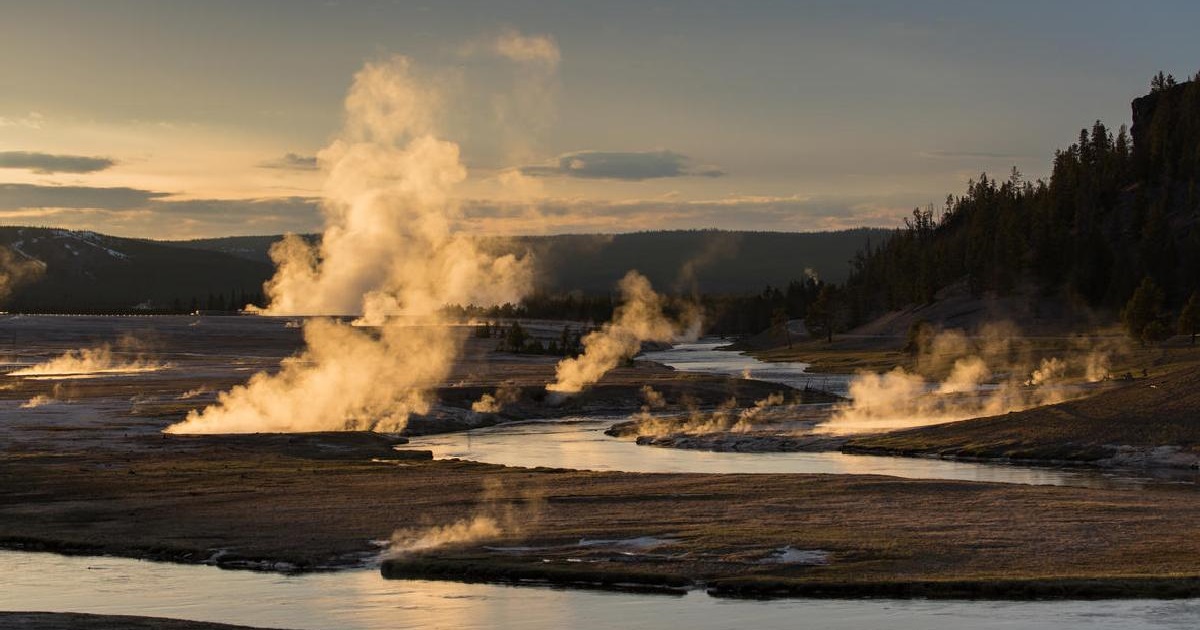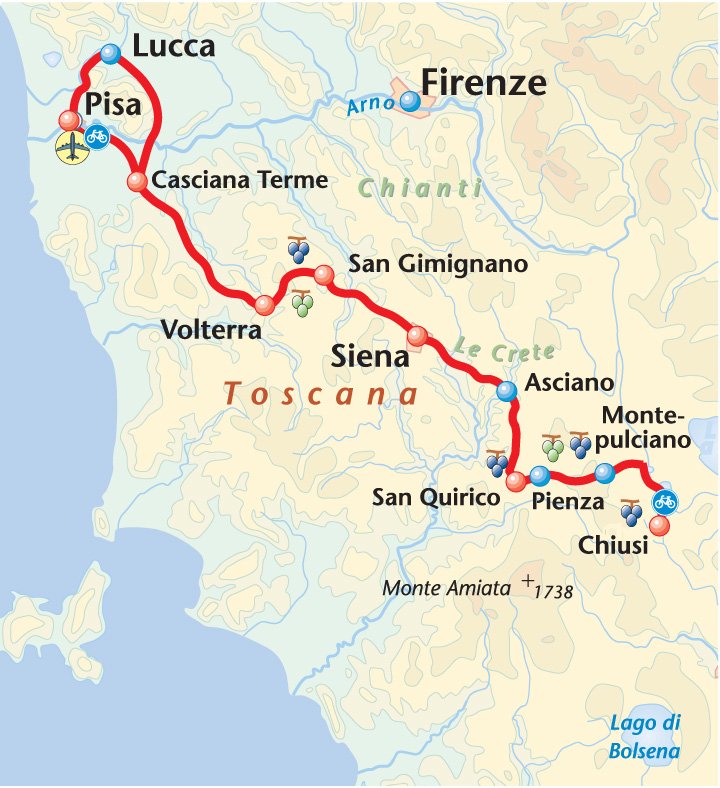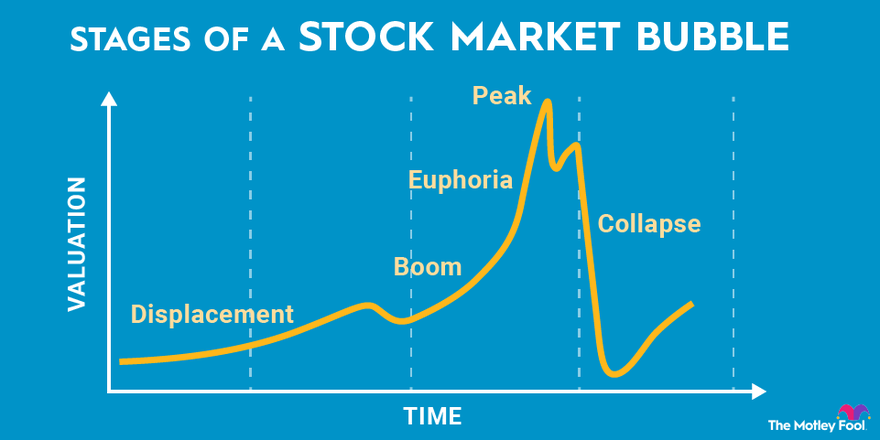Understanding the Recent Surge in Earthquakes

The Elastic Rebound Theory: Unveiling the Science Behind Earthquakes
Understanding the Science Behind Seismic Activity
Scientists explain earthquakes using the elastic rebound theory, which describes the movement of tectonic plates and their role in causing seismic activity. This theory provides a comprehensive understanding of the processes that lead to earthquakes, enabling us to better prepare for and mitigate their impact.
The Movement of Tectonic Plates
The Earth's lithosphere is broken into several large tectonic plates that float on the more fluid asthenosphere below. These plates are in constant motion, sliding over the asthenosphere at a rate of a few centimeters per year. As they move, they can become stuck at their boundaries, leading to a buildup of stress.
The Buildup of Stress and Seismic Activity
When fast-moving plates become stuck, they start to deform, causing stress to accumulate. As the stress builds up, the rocks along the plate boundary begin to break and deform, eventually releasing the stored energy as seismic waves, resulting in an earthquake. This process is known as elastic rebound, as the plates rebound to their original shape after the stress is released.
Recent Earthquakes: A Global Perspective
Earthquakes have been a source of fascination and fear for centuries, with their ability to reshape the Earth's surface and impact human societies in profound ways. In recent years, the frequency and severity of earthquakes have raised concerns about the Earth's fury and its potential consequences.
A Look Back at 2010: A Record Year for Earthquakes
The year 2010 saw the largest total number of major earthquakes (23), with a magnitude of 7.0 or greater. This record-breaking year highlighted the unpredictable nature of seismic activity and the need for increased preparedness and understanding.
Recent Devastating Earthquakes: A Global Impact
Recent earthquakes in Turkey, Syria, and Haiti have highlighted the devastating impact of seismic activity on communities worldwide. The loss of life, displacement of people, and economic devastation in these regions serve as a stark reminder of the Earth's fury and its ability to reshape our world in an instant.
Understanding the Surge in Earthquakes
While earthquakes are a natural phenomenon, the recent surge in seismic activity has raised questions about the underlying causes. Factors such as tectonic plate movement, volcanic activity, and human-induced stress on the Earth's crust are thought to contribute to the increased frequency and severity of earthquakes.
A Call to Action: Preparedness and Mitigation
In the face of the Earth's fury, it is essential to prioritize preparedness and mitigation strategies. This includes investing in earthquake-resistant infrastructure, conducting regular drills and training, and supporting research into the causes and consequences of seismic activity.
Why Are Earthquakes Becoming More Frequent?
Recent years have witnessed a significant surge in earthquake occurrences, leaving many to wonder if the frequency of these natural disasters is indeed increasing. While it may seem like earthquakes are becoming more frequent, the reality is more complex.
Improved Detection and Reporting
Advances in communication technology and increased interest in natural disasters have contributed to a rise in reported earthquakes. With better infrastructure and more seismic monitoring stations, scientists can now detect and record earthquakes that might have gone unnoticed in the past.
Enhanced Seismic Monitoring
The actual number of earthquakes may not be increasing, but our ability to detect and report them is improving. Upgraded seismic networks and sophisticated sensors enable researchers to identify smaller earthquakes and those occurring in remote areas.
Global Awareness and Media Coverage
The widespread use of social media, news outlets, and disaster alert systems has heightened public awareness of earthquakes. This increased visibility creates the impression of a rise in earthquake frequency.
Scientific Understanding
Researchers continue to refine their understanding of earthquake patterns, fault lines, and triggers. As knowledge improves, so does the accuracy of earthquake reporting and analysis.
Conclusion
While earthquakes may seem more frequent, it's essential to distinguish between actual increases and enhanced detection capabilities. Ongoing advancements in seismic monitoring and global awareness contribute to a more comprehensive understanding of earthquake activity.
The Role of Tectonic Plates in Shaping Earth's Surface
Earth's surface is dynamic and constantly changing, and at the heart of this transformation are tectonic plates. These vast, rigid slabs of the Earth's lithosphere are in perpetual motion, sliding past each other and creating areas of stress that can lead to earthquakes.
Motion and Interaction of Tectonic Plates
Tectonic plates are in constant motion, moving at a rate of a few centimeters per year. This movement is driven by the sinking of oceanic slabs at subduction zones, where denser plates are forced beneath lighter ones. As the plates interact, they create zones of compression, tension, and shear stress, leading to the buildup of energy that is released during earthquakes.
Plate Boundaries and Earthquake Zones
The boundaries between tectonic plates are the most prone to earthquake activity. Divergent boundaries, where plates move apart, and convergent boundaries, where plates collide, are areas of significant seismic activity. Transform boundaries, where plates slide past each other horizontally, also experience earthquakes, as the plates can get stuck and then suddenly move, releasing stored energy.
Shaping Earth's Surface
The movement of tectonic plates not only leads to earthquakes but also shapes the Earth's surface. Plate tectonics is responsible for the creation of mountain ranges, volcanoes, and oceanic trenches. The constant motion of the plates has sculpted the Earth's landscape over millions of years, resulting in the diverse range of geological features we see today.
Conclusion: Embracing the Unpredictability of Earthquakes
Earthquakes are awe-inspiring displays of the Earth's fury, reminding us of the awe-inspiring power that lies beneath our feet. While scientists can explain the mechanisms behind earthquakes, predicting when and where they will occur remains a complex challenge. Despite advances in seismology and geology, the exact timing and location of earthquakes remain uncertain.
The Complexity of Earthquake Prediction
Predicting earthquakes is a daunting task due to the intricate dynamics of the Earth's lithosphere. The movement of tectonic plates, the buildup of stress, and the release of energy are all interconnected factors that make forecasting earthquakes a difficult endeavor.
The Importance of Scientific Understanding
Understanding the science behind earthquakes can help us better prepare for and respond to these natural disasters. By recognizing the warning signs, such as increased seismicity and ground deformation, we can take proactive measures to mitigate the impact of earthquakes.
Furthermore, scientific knowledge can inform emergency planning, infrastructure design, and public awareness campaigns. By embracing the unpredictability of earthquakes, we can foster a culture of resilience and preparedness, ultimately saving lives and reducing the devastating effects of these natural disasters.
















Comments ()